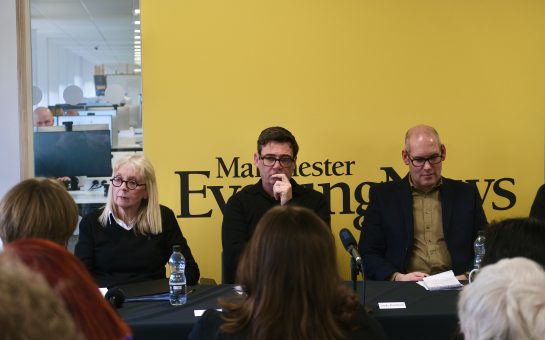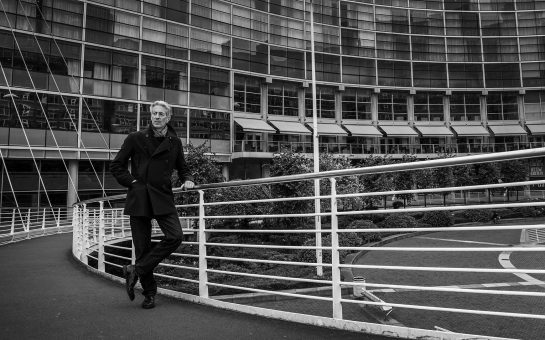Sun worshippers will soon learn how much exposure different skin types can handle thanks to Manchester researchers.
While experts advise using sun cream to avoid sun burn and skin cancer, it is also acknowledged that some sunlight is also an important source of vitamin D – far better than food.
Manchester scientists have teamed up with experts from Leicester to determine what levels of sun are ideal for healthy skin for the Cancer Research UK-funded project.
Professor Lesley Rhodes, who is leading the Manchester component of the study, said: “The problem is that we just don’t know how much sun our skin needs to make vitamin D before damage starts to occur.
“We are investigating how the sun affects people of African/Caribbean and South Asian descent, as well as those with white skin.
“We hope this will lead to the best health advice on sunlight exposure. Vitamin D is vital for healthy bones, and sunlight is the main source.”
The team will analyse blood and skin samples in Manchester and urine samples will be analysed by a team based in the University of Leicester’s Department of Cancer Studies and Molecular Medicine using a special biomarker analysis.
This is an innovative urine test to show how much evidence of skin damage there is in people who have been exposed to different levels of ultraviolet (UV) light.
The research is still in the early stages but in time, the researchers hope their findings will be used by health authorities to form more detailed and personalised recommendations for the public on sun exposure.
Principal investigator Dr Marcus Cooke, of the University of Leicester’s Department of Cancer Studies and Molecular Medicine, said: “The purpose of this project is to develop trials to look at the risk-benefit balance of UV exposure.
“The risk of sunlight exposure is the potential for DNA damage – which can cause cancer – while the benefit is that it stimulates vitamin D production.
“At the moment, nobody really knows where the balance is. We are hoping that this work will provide evidence from which advice can be given and that, through our data, this advice can be tailored to a range of different skin types.
“We hope the results can help to shape policy advice for health authorities and charities on the right levels of sun exposure for individuals.”
Healthy volunteers with African/Caribbean and South Asian descent, as well as those with white skin living in the Greater Manchester area are being sought as part of the study.
For further information on human volunteer studies, contact Research Nurse Mrs Joanne Osman, Photobiology Unit, Dermatology Research Centre, Salford Royal Hospital, Greater Manchester, on 0161 206 0457, or email here.
For more on this story and many others, follow Mancunian Matters on Twitter and Facebook.



